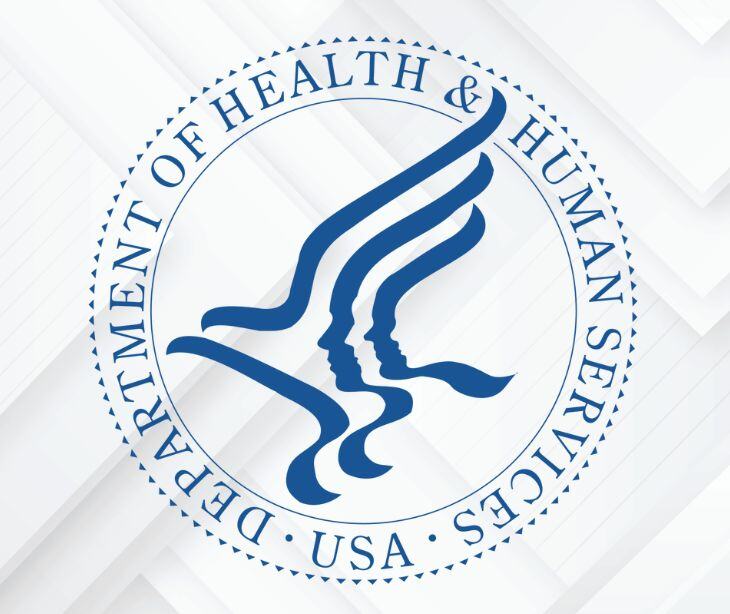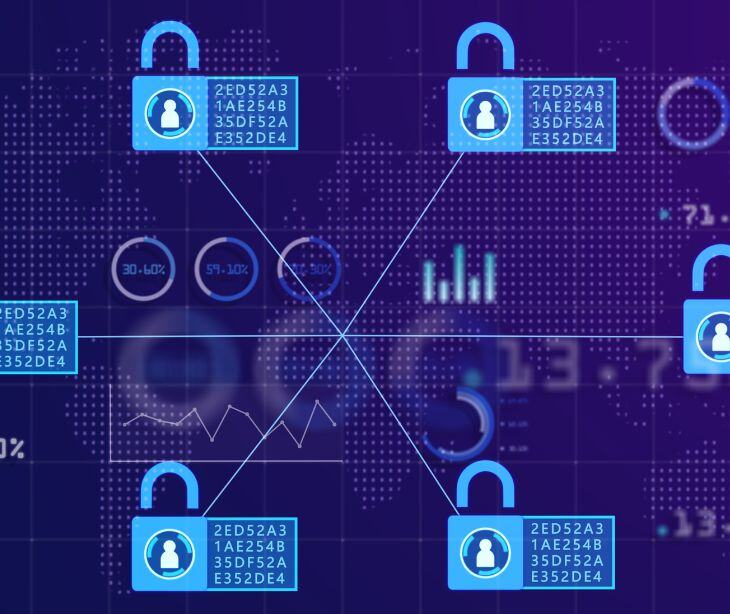
In a move to enhance healthcare interoperability and patient access to electronic health information (EHI), the Department of Health and Human Services (HHS) has released a final rule addressing the issue of provider information blocking. The decision aims to curb the practice of healthcare providers deliberately impeding the free flow of medical data, a practice that can negatively impact patients.
The new rule, building upon the foundations laid by the 2021 Cures Act, establishes a framework of disincentives for providers that have engaged in information blocking. By preventing information blocking, the HHS seeks to empower patients, foster collaboration among healthcare stakeholders, and ultimately improve patient outcomes.
The origins of information blocking regulations
Attempts to prevent information blocking began in 2016, with the first 21st Century Cures Act. Policymakers found that the blockage of electronic health information exchange hindered the discovery, development, and delivery of modern medical advancements and attempted to end the practice.
The 2020 Interoperability and Information Blocking Rule, issued by HHS in conjunction with the Office of National Coordinator for Health Information Technology (ONC), was the first major step in this direction. The rule prohibited information blocking, aiming to increase patient access to electronic health data and enhance overall healthcare outcomes.
Read also: Understanding information blocking
Defining provider information blocking
Provider information blocking can manifest in various forms, both obvious and subtle. For instance, healthcare organizations may impose excessive fees on patients seeking their medical records or implement policies and contractual arrangements that deliberately restrict the sharing of electronic protected health information (ePHI).
However, information blocking can also occur in more nuanced ways, such as providers citing the HIPAA privacy rule as a pretext for withholding information, when in fact, the rule places no restrictions on sharing data with patients. Additionally, the use of technology, contract terms, or organizational policies that discourage or unduly burden the exchange of ePHI can also be considered forms of information blocking.
While sharing information is beneficial to patients and their providers, hospitals may try to limit it for economic incentives or to prevent patients from seeking care outside of their system.
Read more: What is ePHI?
Disincentives for provider information blocking
The 2024 final rule introduced by HHS takes a novel approach to address provider information blocking, moving away from monetary penalties. Instead, the rule establishes a series of targeted disincentives.
Status Striping
Under the Medicare Promoting Interoperability Program, eligible hospitals and access hospitals found to have committed provider information blocking will be stripped of their "meaningful electronic health record (EHR) user" status for the calendar year in which the Office of Inspector General (OIG) refers its determination to the Centers for Medicare and Medicaid Services (CMS). This, in turn, will result in the loss of three-quarters of the annual market basket increase they would have otherwise earned through the Promoting Interoperability (PI) program.
Zero MIPS score
Under the Merit-Based Incentive Payment System (MIPS), an eligible clinician who is not a meaningful EHR user will receive a score of zero in the MIPS Promoting Interoperability (PI) performance category. This category typically accounts for a quarter of an individual MIPS clinician's final score. Earning a zero in the PI category makes it virtually impossible for the provider to obtain a positive payment adjustment in the following year.
Ineligible for ACOs
Healthcare providers who are part of Accountable Care Organizations (ACOs) participating in the Medicare Shared Savings Program and found to have engaged in provider information blocking may be ineligible to continue their participation in the program for at least one year. This exclusion would deprive them of the revenue they would have otherwise earned through the Shared Savings Program.
Potential for additional disincentives
The HHS press release accompanying the 2024 final rule suggests that the agency may establish additional disincentives through future rulemaking. The current set of penalties is not exhaustive, and healthcare organizations should remain vigilant in their compliance efforts to avoid potential new sanctions.
Implications for healthcare providers
These disincentives by HHS send a clear message to healthcare providers: information blocking will not be tolerated. Providers must prioritize the seamless exchange of electronic health data, ensuring that patients have unfettered access to their medical information and that care coordination among providers is facilitated.
Failure to comply with the new regulations could result in financial and operational consequences for healthcare organizations, potentially jeopardizing their standing in various federal incentive programs and alternative payment models. As such, providers must proactively review their policies, contractual arrangements, and technological infrastructure to identify and address any potential information blocking practices.
Related: Are there penalties for information blocking?
Empowering patients and improving outcomes
At the heart of the HHS final rule lies a commitment to empowering patients and enhancing healthcare outcomes. By dismantling the barriers to information exchange, the new regulations foster a more transparent and collaborative healthcare system, where patients have greater control over their medical data and providers can work together more effectively to deliver high-quality, coordinated care.
“This final rule is designed to ensure we always have access to our own health information and that our care teams have the benefit of this information to guide their decisions. With this action, HHS is taking a critical step toward a health care system where people and their health providers have access to their electronic health information,” HHS Secretary Xavier Becerra said in the HHS news release.
According to Xavier Becerra, proper access and exchange of health information can enhance care coordination and efficiency, leading to a more effective healthcare system that better serves patients. However, ensuring patient privacy and preferences are safeguarded must remain paramount at all times–which is exactly what this rule tries to achieve.
FAQs
What is the primary objective of the HHS final rule on provider information blocking?
The HHS final rule aims to address the issue of provider information blocking, which has long been a barrier to healthcare interoperability and patient access to electronic health information (EHI). The rule establishes a series of disincentives to discourage healthcare providers from engaging in these unethical practices.
What are the three main disincentives outlined in the 2024 final rule?
The three main disincentives outlined in the 2024 final rule are:
- Removal of "meaningful electronic health record (EHR) user" status for eligible hospitals and critical access hospitals (CAHs) found to have committed provider information blocking.
- Lower MIPS Promoting Interoperability (PI) score for eligible clinicians who are not meaningful EHR users.
- Ineligibility to participate in the Medicare Shared Savings Program for healthcare providers (ACOs, ACO participants, or ACO providers/suppliers) found to have engaged in provider information blocking.
How does the 2024 final rule differ from the previous information blocking regulations?
The difference between the 2024 final rule and the previous information blocking regulations is the shift from civil monetary penalties (CMPs) to targeted disincentives for healthcare providers. While the 2020 "Interoperability and Information Blocking Rule" imposed CMPs on entities, the 2024 final rule focuses on withholding or reducing payments and incentives for providers participating in information blocking.
How can healthcare providers ensure compliance with the HHS final rule on information blocking?
To ensure compliance with the HHS final rule on provider information blocking, healthcare providers should:
- Thoroughly review their policies, contractual arrangements, and technological infrastructure to identify and address any potential information blocking practices
- Implement data sharing and interoperability protocols to facilitate the seamless exchange of electronic health information
- Educate their staff on the requirements of the new regulations and the importance of patient data access and care coordination
- Closely monitor regulatory developments and be prepared to adapt to any additional disincentives or requirements that may be introduced by HHS in the future.
Learn more: HIPAA Compliant Email: The Definitive Guide
Subscribe to Paubox Weekly
Every Friday we'll bring you the most important news from Paubox. Our aim is to make you smarter, faster.



